Hassan Raji
Effect of Channel Geometry and Flow Rates in Hydrodynamic Focusing on Impedance Detection of Circulating Tumor Cells
Mar 08, 2022
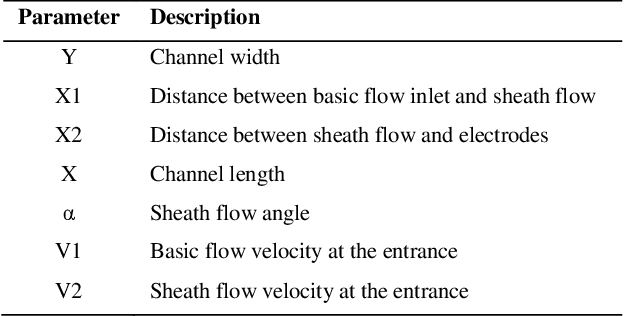


Abstract:Cells, other than their biological properties, have different electric and physical properties. In an impedance cytometer, cells should pass one by one in the detection region where pairs of electrodes are located. When cells are located between electrodes, the impedance changes, and this can be indicative of the presence of a cell. This is basically because the electric properties of cells are different from the medium between the electrodes which is important in determining the impedance. One of the most important aspects which influence the performance of an impedance cytometer performance is the microchannel design. In this work, in the first step, the microchannel was designed in a way to have the best detection in the impedance cytometer. In this regard, hydrodynamic focusing was selected to focus the population of cells entering from the inlet of the main channel. To find the optimal parameters of the microchannel, different geometry for the channel itself, along with flow rates and other parameters related to sheath flow were simulated. In the next step, impedance was measured in COMSOL for White blood cells, MCF7, and MDA-MB-231 breast cancer cells. The results show that by measuring the impedance of cells using the optimized channel design, CTCs can be successfully differentiated from WBCs.
Biosensors and Machine Learning for Enhanced Detection, Stratification, and Classification of Cells: A Review
Jan 06, 2021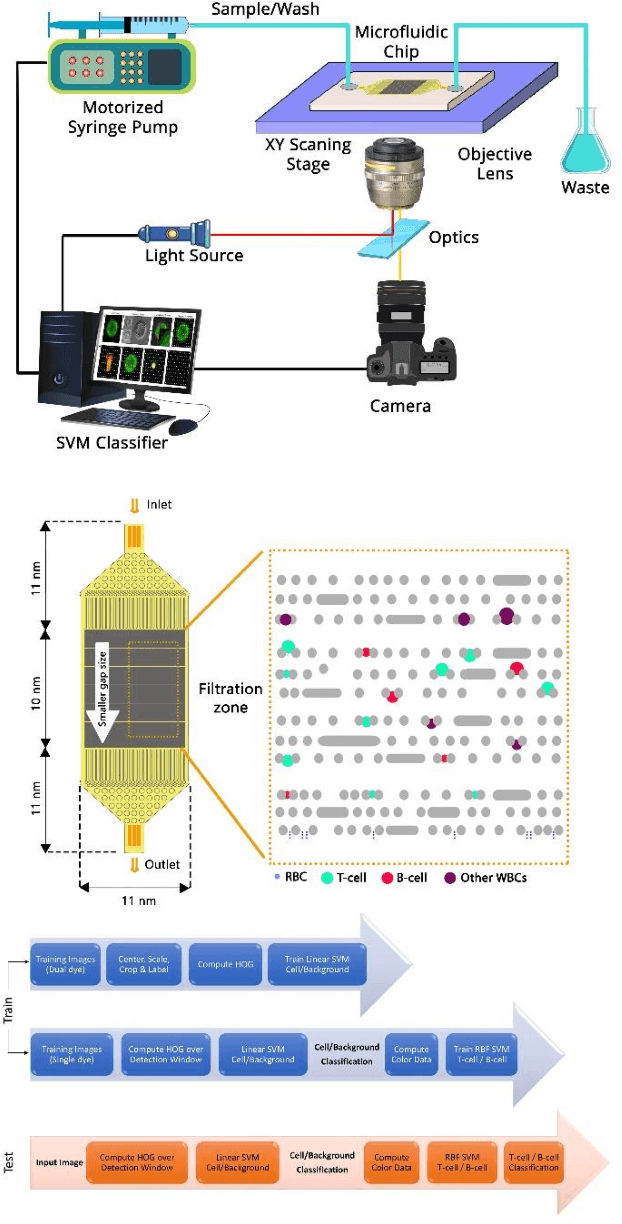
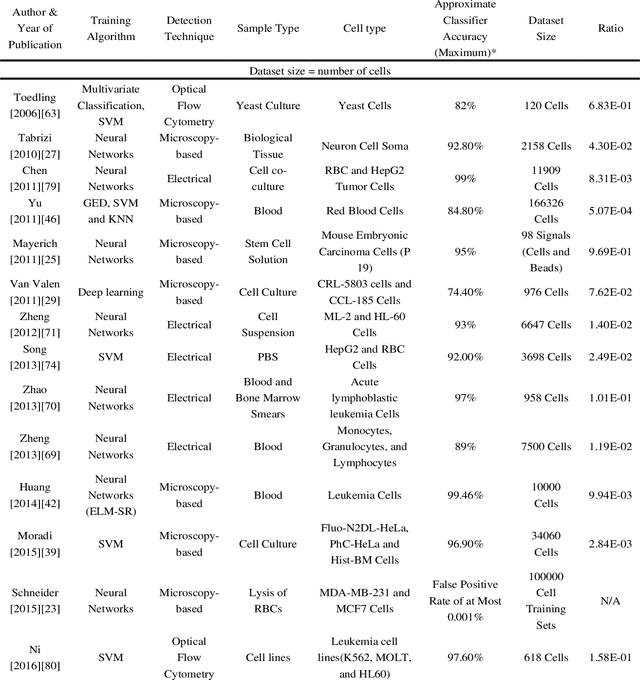
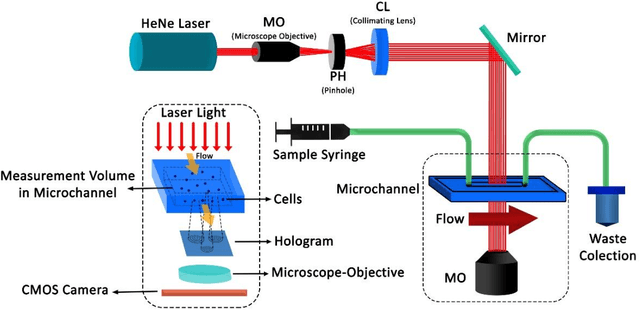
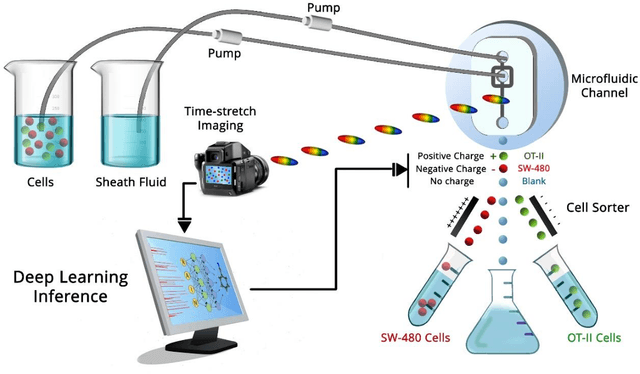
Abstract:Biological cells, by definition, are the basic units which contain the fundamental molecules of life of which all living things are composed. Understanding how they function and differentiating cells from one another therefore is of paramount importance for disease diagnostics as well as therapeutics. Sensors focusing on the detection and stratification of cells have gained popularity as technological advancements have allowed for the miniaturization of various components inching us closer to Point-of-Care (POC) solutions with each passing day. Furthermore, Machine Learning has allowed for enhancement in analytical capabilities of these various biosensing modalities, especially the challenging task of classification of cells into various categories using a data-driven approach rather than physics-driven. In this review, we provide an account of how Machine Learning has been applied explicitly to sensors that detect and classify cells. We also provide a comparison of how different sensing modalities and algorithms affect the classifier accuracy and the dataset size required.
 Add to Chrome
Add to Chrome Add to Firefox
Add to Firefox Add to Edge
Add to Edge